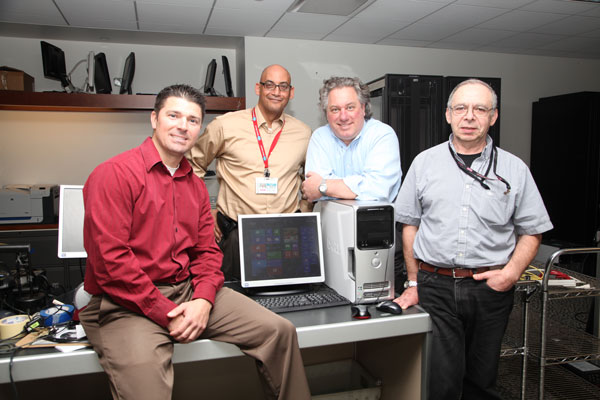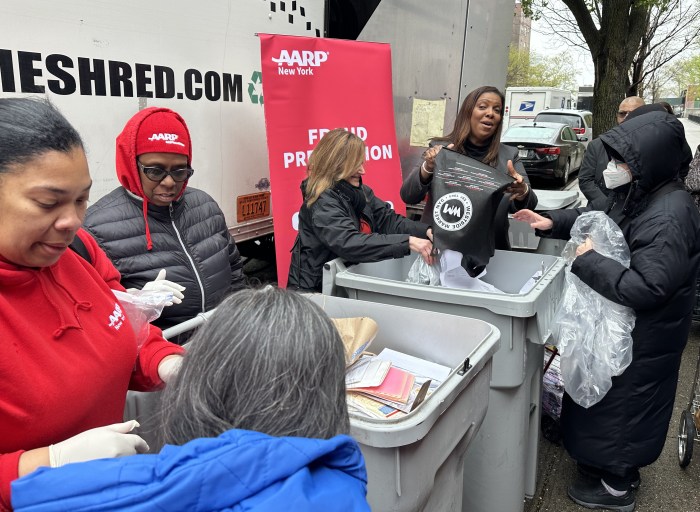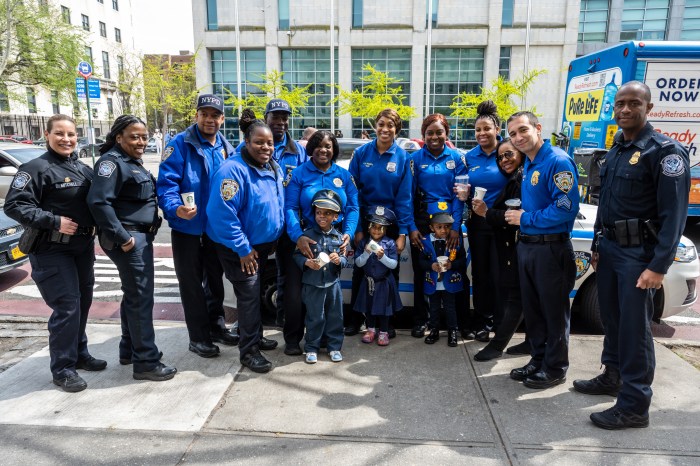
BY PASHA FARMANARA | The Gay Men’s Health Crisis, the world’s first AIDS service organization, recently received $1.9 million worth of software in a donation from Microsoft.
This is Microsoft’s third, and largest, donation to GMHC. Much of the donation is in the form of upgrades to software previously granted to the organization.
The donation’s key element was Microsoft’s SQL Server software, which allows GMHC to seamlessly upload its data to both the state’s and the city’s health databases.
Before receiving the SQL Server Software, GMHC had to manually enter all its data into the state’s health database, the AIDS Institute Reporting Systems, or AIRS, and then again to the city’s health database, eSHARE.
Uploading the information was a tedious process; just signing into the databases took up to 10 minutes per patient. Volunteers had to manually enter all the information to each of the servers, diverting their services from more useful tasks.
“The only way to enter the information was to hand-enter it all — and, in fact, we used to hand-enter all the data,” said Dave Tainer, GMHC’s managing director of Information Systems, Building Operations and Special Projects. “It used to take about 12 person-hours a day to enter the data from our meals program.”
Once set up, however, the system runs smoothly.
“AIRS gets their information, eSHARE gets their information. This happens automatically, every night with no human intervention,” Tainer said.
Also using the SQL Server, the organization has recently implemented a barcode scanning system to help automate how data is collected.
Each GMHC client is issued a card that includes a picture of the client, a barcode and an ID number. Names are withheld per confidentiality laws.
“Using SQL as our back end, we scan these cards when someone comes in to get a meal,” Tainer said. “Clients just go, scan it in front of a normal barcode scanner, and it counts them as having received a meal.”
Clients can also use the cards to check into every service they use at GMHC.
All the information obtained by these barcodes is then automatically received by the SQL Server software, which organizes the information, and uploads it to AIRS and eSHARE.
The technology has given volunteers the opportunity to work hands-on with the clients instead of crunching numbers into a database. Before installing the SQL Server, the group served about 300 meals a day, which has now climbed to 350.
GMHC was also recognized by the IT magazine Computerworld, receiving an award for the “best use of existing technology for a community service-based operation.”
“The award is all encompassing: the software we got from Microsoft, the programming we did internally, the process that allowed us to use the software, and the interesting use of the hardware technology, like the barcode system,” Tainer noted.
Although GMHC is already farther ahead technologically than most nonprofits, Tainer has his eyes set on an even more tech-savvy project.
Using RFID (radio-frequency identification) chips, Tainer is hoping even to eliminate the need for barcode scanners.
“So when our clients enter the door, they don’t even need to check in,” explained Tainer. “And when they go to get a meal, they won’t have to scan in. They will be able to literally just walk in, pick up a tray, and it gets logged in.”
Although this is just an idea, it shows the forward-thinking approach to tech at GMHC.
Microsoft’s donation has allowed the organization to stay current and efficient in its ongoing effort to help its clients.
“I do think that because we have this technology,” Tainer said, “we are able to be extremely cutting-edge in the work that we do, in our outreach and in connecting our clients to care.”

















